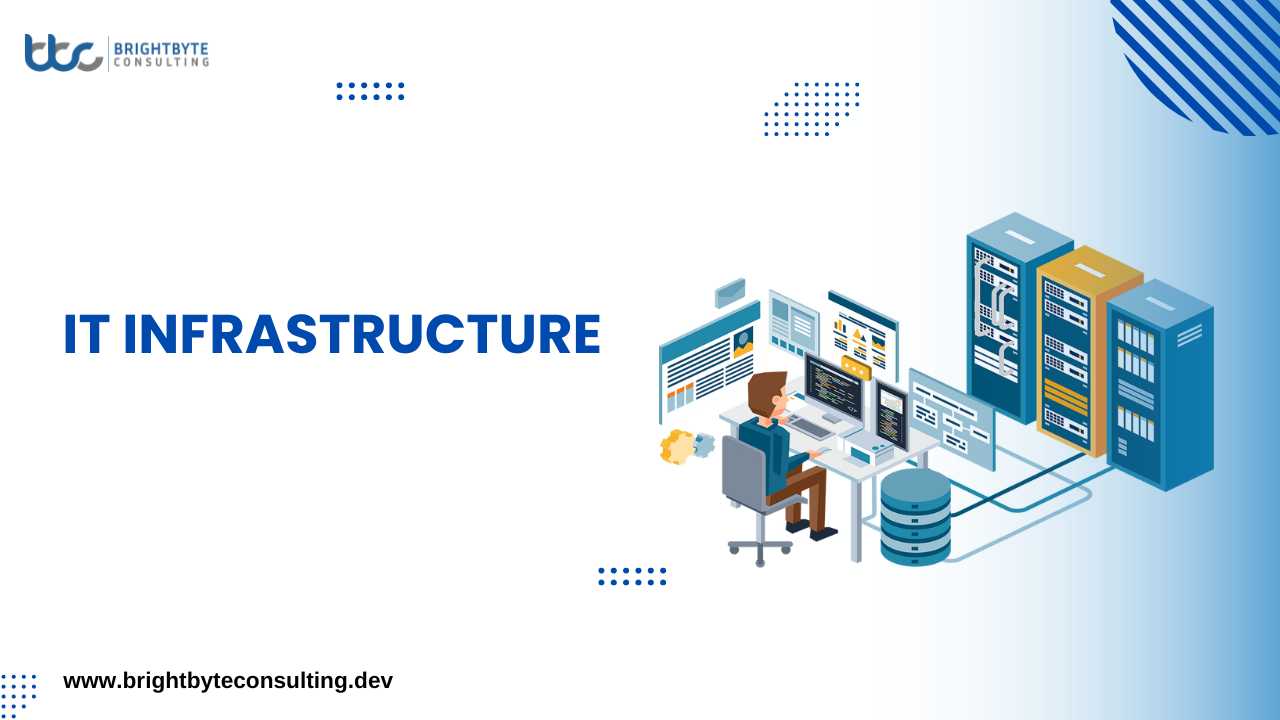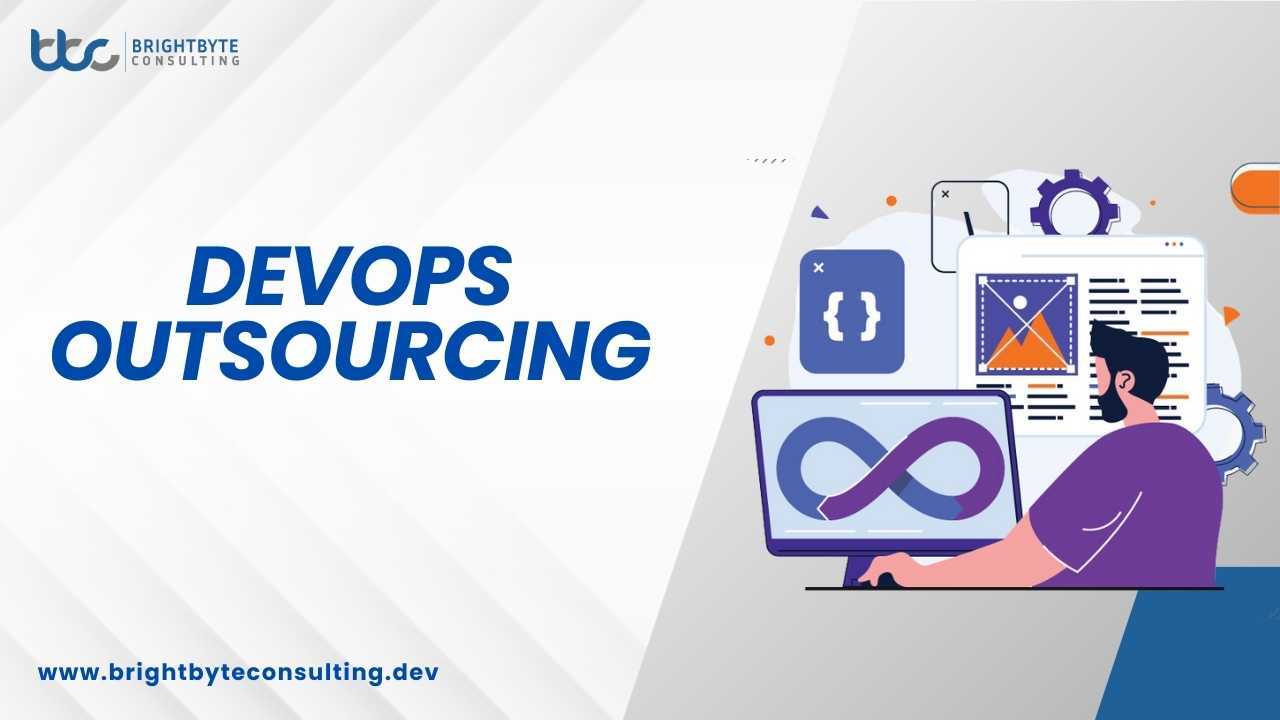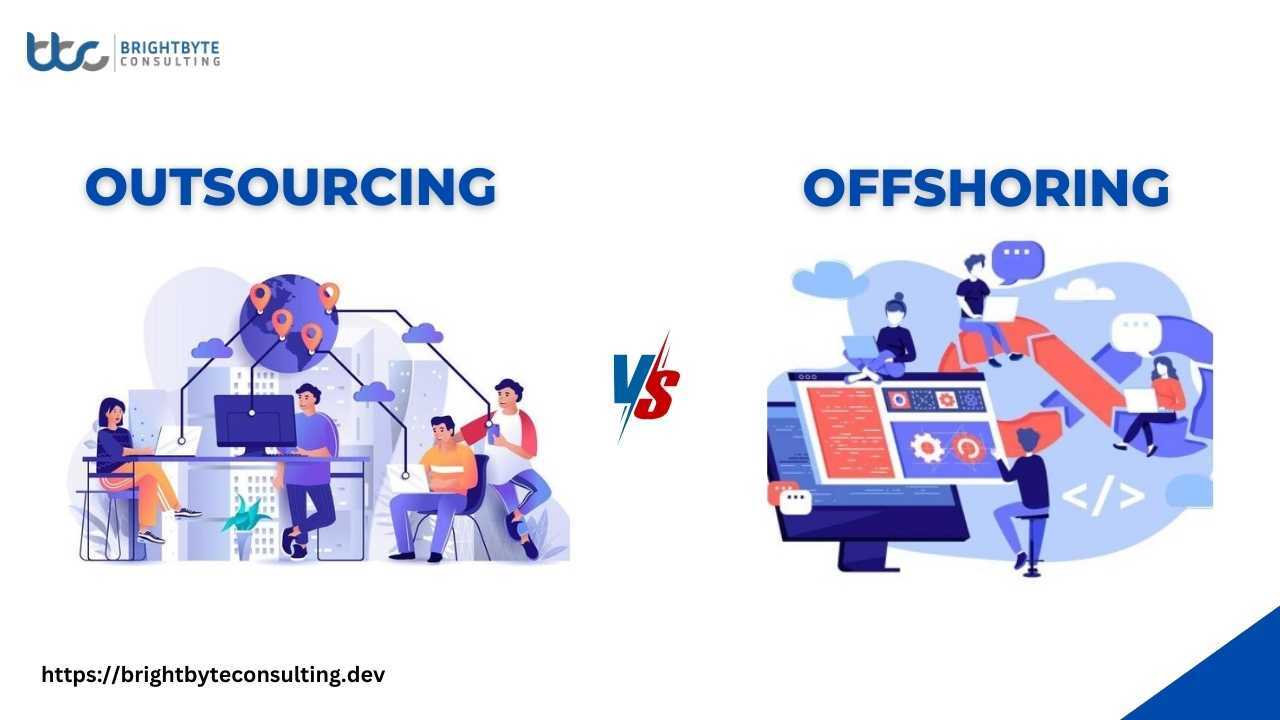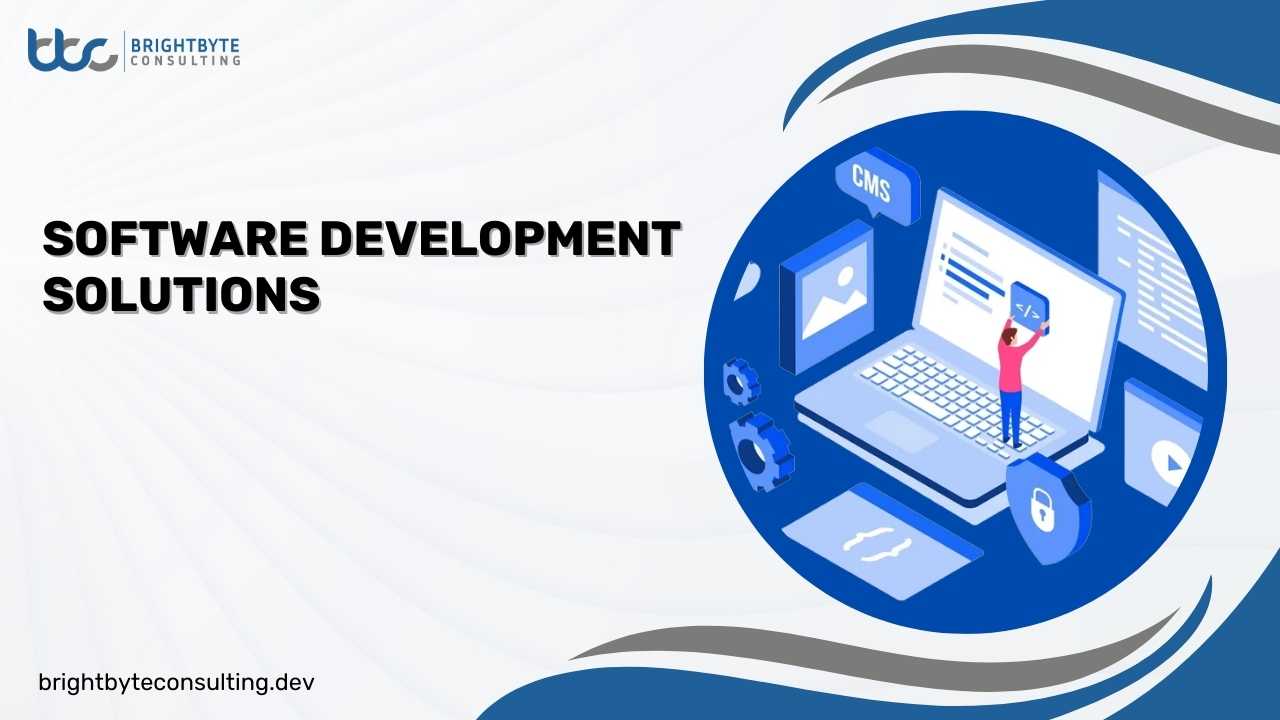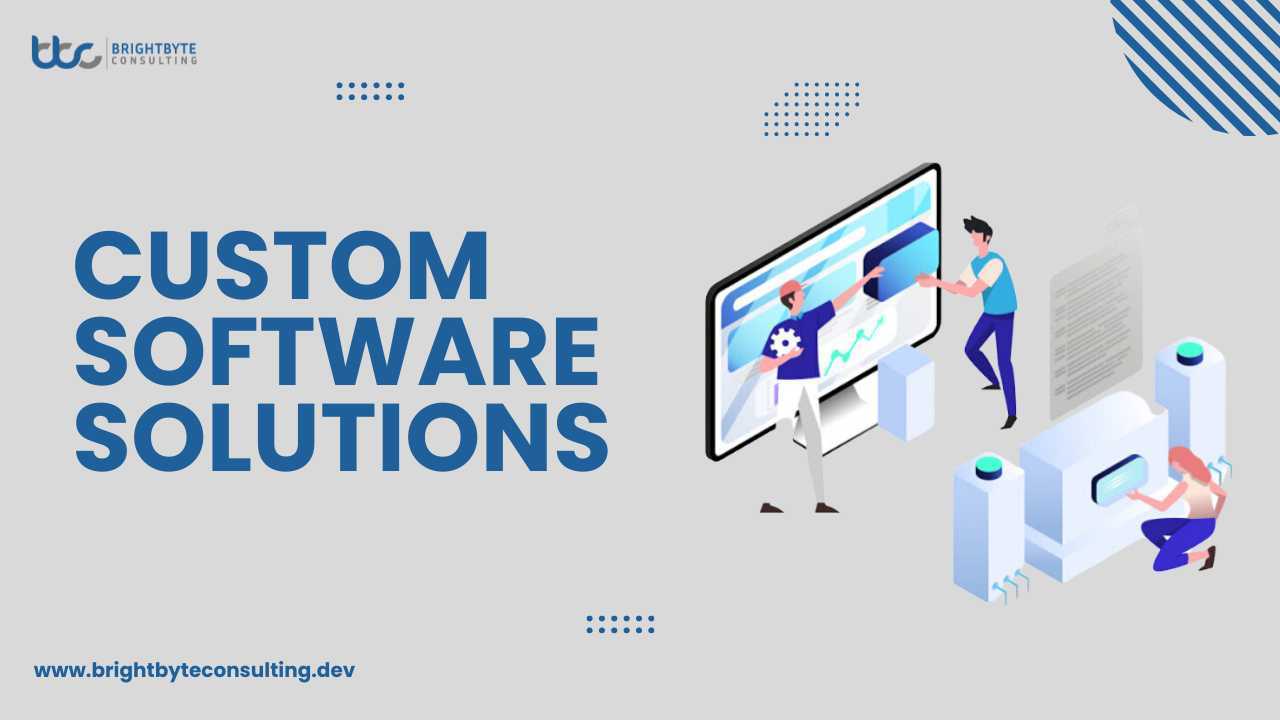In today’s digital landscape, the performance of business is tied to IT infrastructure. This infrastructure empowers users and supports essential applications. It also serves as the foundation for delivering exceptional experiences to customers.
However, IT setups struggle to keep up with the rapid change and the demands of modernization. To thrive, businesses need agile, software-defined infrastructures that adapt swiftly to opportunities.
What Is IT Infrastructure?
IT infrastructure refers to the collection of hardware, software, networks, and other components that are necessary for the operation and management of information technology services within an organization. It encompasses physical assets such as servers, storage devices, routers, and switches, as well as virtual components like cloud services and software applications.
Why Is IT Infrastructure Important?
A robust IT infrastructure is vital for businesses in today’s tech-driven landscape. It serves as the backbone for various operations. It facilitates communication, streamlining processes, and enhancing productivity.
A reliable, and secure IT infrastructure can help enterprises to achieve their objectives. Poor infrastructure causes connectivity issues, productivity loss, and security risks, impacting profitability. Key benefits of a well-designed IT infrastructure include:
- Ensuring uninterrupted access to online platforms, enhancing the customer experience.
- Accelerating the development and deployment of solutions, enabling faster time-to-market.
- Facilitating real-time data collection for agile decision-making.
- Boosting employee productivity by providing efficient tools and systems.
Understanding the Functionality of IT Infrastructure Components
IT infrastructure components work closely together. Hardware needs software to function, while software relies on hardware. Operating systems manage hardware and software interactions. Networking components connect applications to physical resources.
Hardware
Hardware elements encompass a range of devices and equipment, including:
- Desktop computers
- Servers
- Data centers
- Hubs
- Routers
- Switches
Software
Software components encompass a variety of applications and systems, such as:
- Content management systems (CMS)
- Customer relationship management (CRM) software
- Enterprise resource planning (ERP) systems
- Operating systems
- Web servers
Facilities
Facilities provide the infrastructure necessary for housing networking hardware and data centers. This includes network cabling within office buildings, facilitating connections between IT infrastructure components.
Network
Networks comprise essential networking components like switches, routers, hubs, and servers. Switches connect devices within local area networks (LANs). Routers enable communication between devices across different LANs, and hubs serve. This connects multiple networking devices, acting as a single component.
Server
Servers serve as core hardware components within enterprise IT infrastructure. This allows users to access and share resources efficiently.
Server Room/Data Center
These facilities serve as the central hubs of network operations. They provide the infrastructure necessary for data processing, storage, and distribution.
Types of Infrastructure
Traditional Infrastructure
Traditional IT infrastructure includes hardware & software like data centers, servers, and networking gear. It requires significant resources for on-premises deployment.
Cloud Infrastructure
Cloud computing infrastructure shares similarities with traditional infrastructure. However, Cloud Infrastructure offers internet accessibility to end-users. Through virtualization, users can access computing resources without on-premises installation. Physical servers maintained at various locations are connected to provide accessible resources. Cloud infrastructure allows users to use computing resources from anywhere with the internet.
Creating An Ideal IT Infrastructure
IT infrastructure configurations vary based on the unique needs and objectives of business. However, certain goals are essential for every enterprise. An optimal infrastructure should prioritize the following key components:
- High-Performance Storage: Utilizing storage systems capable of storing and backing up data.
- Low-Latency Network: Implementing enterprise-grade infrastructure components to cut data flow delays. Ensures smooth network operations.
- Security: Incorporating comprehensive security measures to control information access. Protect against breaches and cyberattacks, and maintain customer trust by safeguarding data integrity.
- Optimized Wide Area Network (WAN): Managing network traffic effectively by prioritizing critical applications. Allocating bandwidth as required to ensure optimal performance.
- Virtualization: Leveraging virtualization technology to streamline server provisioning, enhance uptime. Bolster disaster recovery capabilities, and reduce energy consumption.
- Zero Downtime: Striving to cut disruptions to business operations by eliminating system downtime. Minimizes costs and maximizes profits.
Conclusion
In conclusion, investing in an adaptable IT infrastructure is crucial for businesses. Whether using traditional or cloud-based solutions, prioritizing high-performance storage is crucial. Optimized WANs, virtualization, and aiming for zero downtime further enhance operational efficiency. By recognizing the importance of these components, organizations can position themselves for success. If you want success both now and in the future, put in place these infrastructures.
FAQs
What is IT infrastructure?
IT infrastructure encompasses all components required for the administration of enterprise IT services
Why is IT infrastructure important?
IT infrastructure serves as the backbone of business operations in today’s tech-driven landscape. It facilitates communication, streamlining processes, enhancing productivity, and ensuring data security.
What are the key components of IT infrastructure?
The key components include:
- Hardware (such as servers and networking devices)
- Software (including operating systems and applications)
- Facilities (physical plants and spaces)
- Networks
- Servers
- Data centers
What are the types of IT infrastructure?
There are two primary types:
- Traditional infrastructure deployed on-premises and comprising hardware and software components.
- Cloud infrastructure, offering internet accessibility and virtualized resources.
What are the benefits of an ideal IT infrastructure?
An optimal infrastructure provides high-performance storage, low-latency networks, and security measures. It also provides optimized WANs, virtualization, and zero downtime. This results in enhanced operational efficiency and competitive advantage.
How can businesses ensure their IT infrastructure is optimal?
Businesses can focus on high-performance storage, security measures, and virtualization. They aim for zero downtime to create an ideal IT infrastructure. Regular assessment and adaptation to evolving needs are also crucial.

